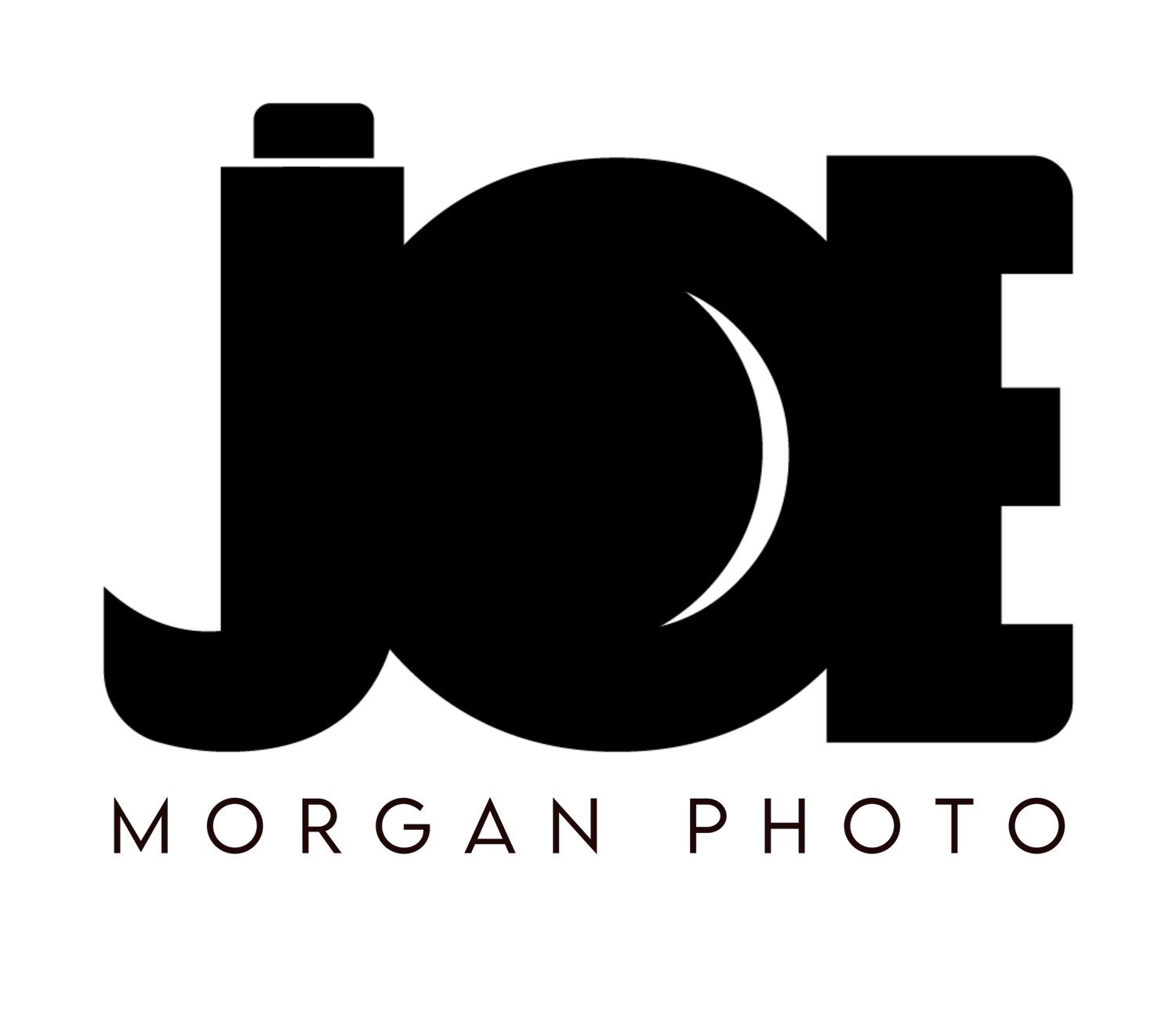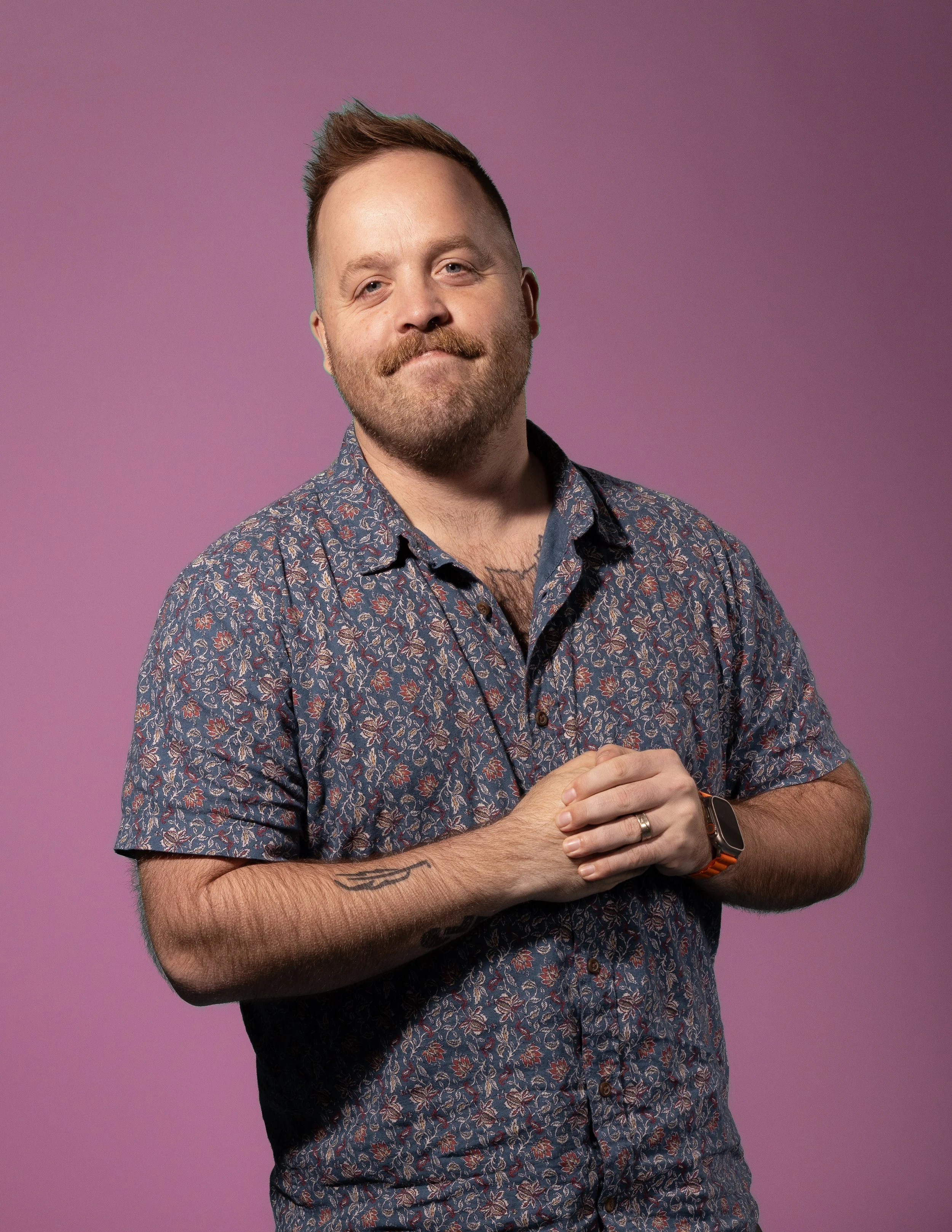Hi!
MORE ABOUT ME
-
I’ve been interested in photography since high school, but it’s expensive. I bought my first camera secondhand from a friend in 2012 and never looked back. I think I committed because, for me, photography is how I see the world - it’s how I visually articulate what I find interesting, if that makes sense. I’m constantly trying to tell stories, preserve moments, and get creative in that process.
-
Photography is a love language. It’s how I give back - through both taking photos and providing education and mentorship in photography.
It’s a sense of purpose. When I have a camera in my hand, I have a task - I have something to do. And most of the time, because I love photography, whether this task was assigned to me or one which I assigned to myself, it’s a task that I’m eager to take on. It makes me a more intentional human being. It causes me to pause and to reflect and to revisit. It’s made me a more curious, investigative person. Photography has granted me access I wouldn’t have otherwise had. It’s allowed me to hear and tell stories I would have never heard or told.
At this point, it feels like a limb or one of my senses. If I lost it, that would have a serious impact on my wellbeing and mental health.
-
Lifestyle, editorial, journalistic photography. I’ve always enjoyed being behind the scenes at an event telling the story. Gradually establishing rapport with those in attendance. Networking. I want to tell a story as it’s happening, and when appropriate, get to know the people I’m photographing. I’m not big on posing people or doing formal portraiture. I do like that kind of photography, but I leave that to the professionals.
-
That changes all the time, I think. Two come to mind.
In February of ‘25, I was at Bruneau Sand Dunes with my Dad when several flocks of snow geese - and we had no idea this was going to happen - began descending on that lake. My Dad and I just happened to be at the perfect vantage point to capture their descent in front of the dunes. It was surreal - a real holy sh!t moment.
The other one I love compositionally and it’s one of those photos that just happened and I just happened to capture it. It’s from a recent basketball game at the College of Idaho. It’s a photo of six players, three Yotes and three from the other team looking up at the basket in anticipation after a shot. From the left to write the jerseys are green, white, green, white, green, white. It’s lined up so perfectly. Everyone’s eyes are open.
One thing that really draws me to editorial/journalistic photography is capturing the moments that aren’t obvious. Does the photo tell you everything you need to know without making it obvious if that makes sense. Maybe a gross comparison, but a effective one - even good food needs to be digested.
-
A photographer I’ve been following, James Popsys, says that, “if everything in the image doesn’t belong or contribute to the story, then it could be better.” I’d say framing (also something that can be achieved through cropping in post) is the most important thing because it forces us to consider every element of the photograph and consider the story.
Composition for me has always felt like rules. And while those rules are certainly useful, they can often get in the way of what’s in the scene and how you can make those details work together. Composition is a guide. Framing is the goal.
Also, with composition, balance, rules of thirds, leading lines, negative space, the golden ratio… all of that becomes second nature as you do this more and more. It’s like rudiments to a drummer. They establish a baseline. Once that baseline is established, your creativity as a photographer will flourish.
-
I think Ai is mostly talked about in threat assessment terms. Is it bad? If yes, how bad is it? What should I be on the lookout for? I don’t see it like that. I see it as a tool. In photography, I utilize it to expand images for marketing purposes - usually for expanding a landscape. I use Ai denoise because it’s amazing.
In threat assessment terms, I think the great threat Ai poses to photography is in its ability to create images that are so realistic, they strip credibility from real photos and real photojournalists. Often, people feel an emotion from looking at a photo before they fully realize the context or before they’ve asked themselves the question - is this real? This has already led to people seeing real photos, feeling negatively about them, and dismissing them as Ai.
-
Stories. Of any kind. Curiosity. How something works. What it means. How I can tell others about it through language or visually. I’m inspired when I see others doing this. I think of Humans of New York. When that guy first started, his photos weren’t crazy good. And they’re still sometimes just decent photos. But in the midst of telling stories, he’s found creative ways to frame things to tell a person's story without showing their face - for privacy purposes. That goes back to photographing things that aren’t obvious. Sometimes a face doesn’t tell you much. More often, what someone is wearing or doing says infinitely more.
It’s the curious way of telling a story and drawing people in that inspires me.
ASSOCIATED ACTS
Idaho Air National Guard, Idaho Army National Guard, Idaho Military Division, The German Luftwaffe, Boise state University, The College of Idaho, Nampa Downtown Association, Treasure Valley YMCA, Big Brothers Big Sisters of Southwest Idaho, Barbarian Brewing, Bert’s Brewing, Mother Earth Brewing, Sockeye Brewing, Adaptive Tactical, Sunrise E-Bikes, Cold One Joe, and more.


